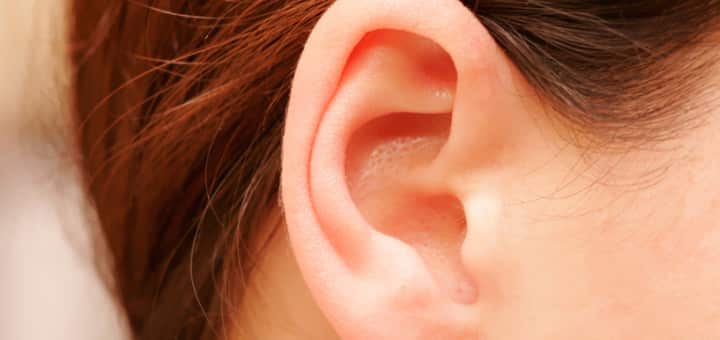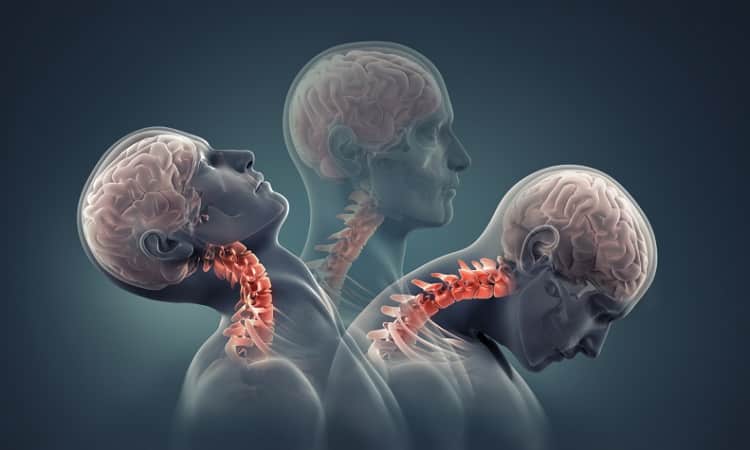Why get crystal sick?
Last updated 02/02/2021 by The pain clinics - Interdisciplinary Health
Why get crystal sick?
Here we go through why you get crystal disease - and how you can prevent it. Many people experience crystal disease, without realizing why. Experts and researchers know that crystal disease is caused by a number of causes and Reasons. In this article we will tell you about these causes and why crystal sickness occurs.
Affected?
Join the Facebook group «Krystallsyken - Norway: Research and news»For the latest updates on research and media writing about this disorder. Here, members can also get help and support - at all times of the day - through the exchange of their own experiences and advice.
What is crystal sick?
Crystal sickness, also called benign postural dizziness, is a relatively common nuisance. Crystal sickness affects as many as 1 in 100 in one year, according to research. The diagnosis is also often called benign paroxysmal position vertigo, abbreviated BPPV. Fortunately, the condition is fairly easy to treat for skilled practitioners - such as ENT doctors, chiropractors, physical therapists and manual therapists. Unfortunately, it is not common knowledge that this is a diagnosis that responds very well to specific treatment measures (such as Epley's maneuver that often cures the condition of 1-2 treatments), as many stay on for months with the condition.
What is the cause of crystal sickness?
Crystal sickness (benign postural dizziness) is due to accumulations inside the structure we call the inner ear - this is a structure that gives signals to the brain about where the body is and in what position it is. fluid called endolymph - this fluid moves depending on how you move and thus tells the brain what is up and down. The accumulations that can occur are called otoliths, a form of small "crystals" made of calcium, and it is when these loosen and end up in the wrong place that we get symptoms. The most common is that the rear archway is hit. Incorrect information from these can cause the brain to receive mixed signals from the eyesight and the inner ear, thus causing dizziness in certain movements.
Physical activity can help prevent crystal sickness
A larger study (Bazoni et al, 2014) with 491 participants concluded that those who engage in regular physical activity had a 2.4x lower chance of being affected by crystal sickness than those who had a more sedentary and static everyday life.
So why do you get the crystal sick?
There are three main reasons for getting the crystal sick:
- Higher age predisposes you to loose crystals (otoliths) in the inner ear
- Ear inflammation / infection can cause otoliths to loosen
- Head / neck trauma or car accidents are the most common cause of crystal disease among young people (under 50)
1. Higher age (over 50 years) increases the risk of crystal disease
Research has shown that the incidence of crystal disease increases with age (1). It is believed that the reason for this is wear and tear of the vestibular system (balance apparatus) in the inner ear over time. This degeneration leads to a more frequent occurrence of accumulation of loose particles in the archways of the inner ear (otoliths) and thus that people over the age of 50 are more often affected by the crystal disease.
2. Ear inflammation and viruses can cause loose otoliths
It is also believed that inflammation and certain forms of viruses can cause loose particles (otoliths) to loosen and accumulate in the wrong place in the inner ear archway.
3. Head and neck trauma is the leading cause of crystal disease among those under 50
The most common cause of crystal melanoma among those under 50 is head and neck trauma. The trauma does not have to hit the head directly, but can also be due to neck sling (eg due to a fall or car accident. Research has shown that those who have been hit by neck sling / whiplash have a significantly increased risk of being affected by crystal melanoma (2). Another study (3) has also shown that situations where one lies on one's back in combination with vibrating forces (eg dental work) and operations on the inner ear can increase the risk of crystal disease.
This summarizes the three main reasons why you get crystal fever. Fortunately, there is effective treatment methods and exercises for this condition. Certain studies have documented that physical activity can have a preventive effect (4). It is also important to mention that you also have what is called idiopathic crystal disease - ie job-related dizziness of unknown origin.
NEXT PAGE: - How To Get Rid Of Crystal Disease
Did you know: In alternative treatment, more specifically Chinese acupressure, it is believed that dizziness and nausea can be relieved at the acupressure point P6 - which is located inside the wrist, and is known as No-Guan. Precisely for this reason, there are acupressure bands (one for each wrist) that put a gentle pressure on these points throughout the day. You can see an example of these by clicking here (the link opens in a new window).
- Do you want more information or have questions? Ask our qualified health care provider directly (free of charge) via ours Facebook Page or via our «ASK - GET ANSWER!"-column.
 - Please follow Vondt.net on YOUTUBE
- Please follow Vondt.net on YOUTUBE
(Follow and comment if you want us to make a video with specific exercises or elaborations for exactly YOUR issues)
 - Please follow Vondt.net on FACEBOOK
- Please follow Vondt.net on FACEBOOK
(We attempt to respond to all messages and questions within 24 hours. You choose whether you want answers from a chiropractor, animal chiropractor, physiotherapist, physical therapist with continuing education in therapy, physician or nurse. We can also help you tell you which exercises that fits your problem, help you find recommended therapists, interpret MRI answers and similar issues. Contact us today for a friendly call)
Photos: Wikimedia Commons 2.0, Creative Commons, Freemedicalphotos, Freestockphotos and submitted reader contributions.
Sources
1. Froehling DA, Silverstein MD, Mohr DN, Beatty CW, Offord KP, Ballard DJ. Benign positional vertigo: incidence and prognosis in a population-based study in Olmsted County, Minnesota. Mayo Clin Proc 1991 Jun; 66 (6): 596-601.
2. Dispenza F, De Stefano A, Mathur N, Croce A, Gallina S. Benign paroxysmal positional vertigo following whiplash injury: a myth or a reality? .Am J Otolaryngol. 2011 Sep-Oct; 32 (5): 376-80. Epub 2010 Sep 15.
3. Atacan E, Sennaroglu L, Genc A, Kaya S. Benign paroxysmal positional vertigo after stapedectomy. Laryngoscope 2001; 111: 1257-9.
4. Bazoni et al, 2014. Physical Activity in the Prevention of Benign Paroxysmal Positional Vertigo: Probable Association.











Leave a reply
Want to join the discussion?Feel free to Contribute!